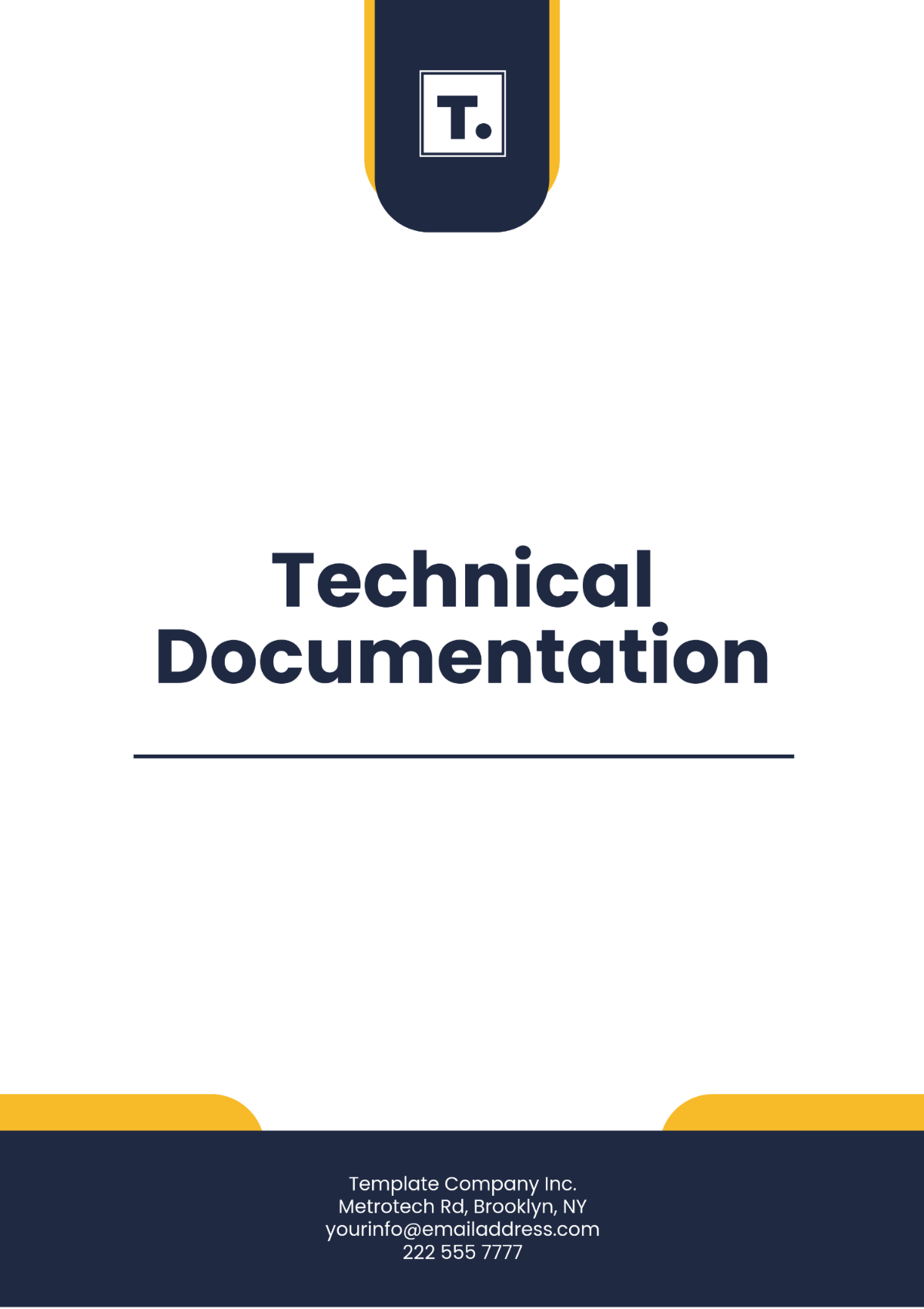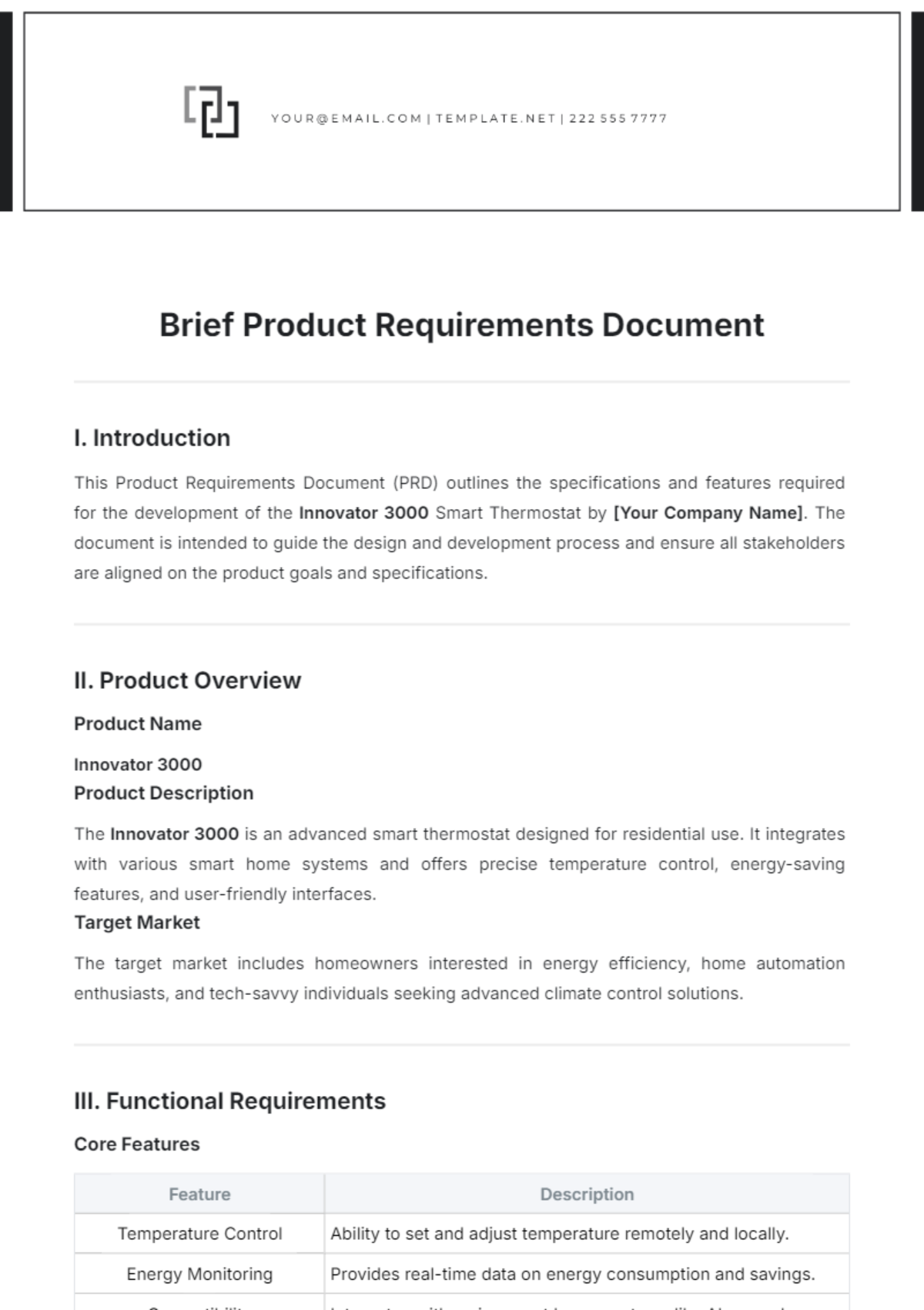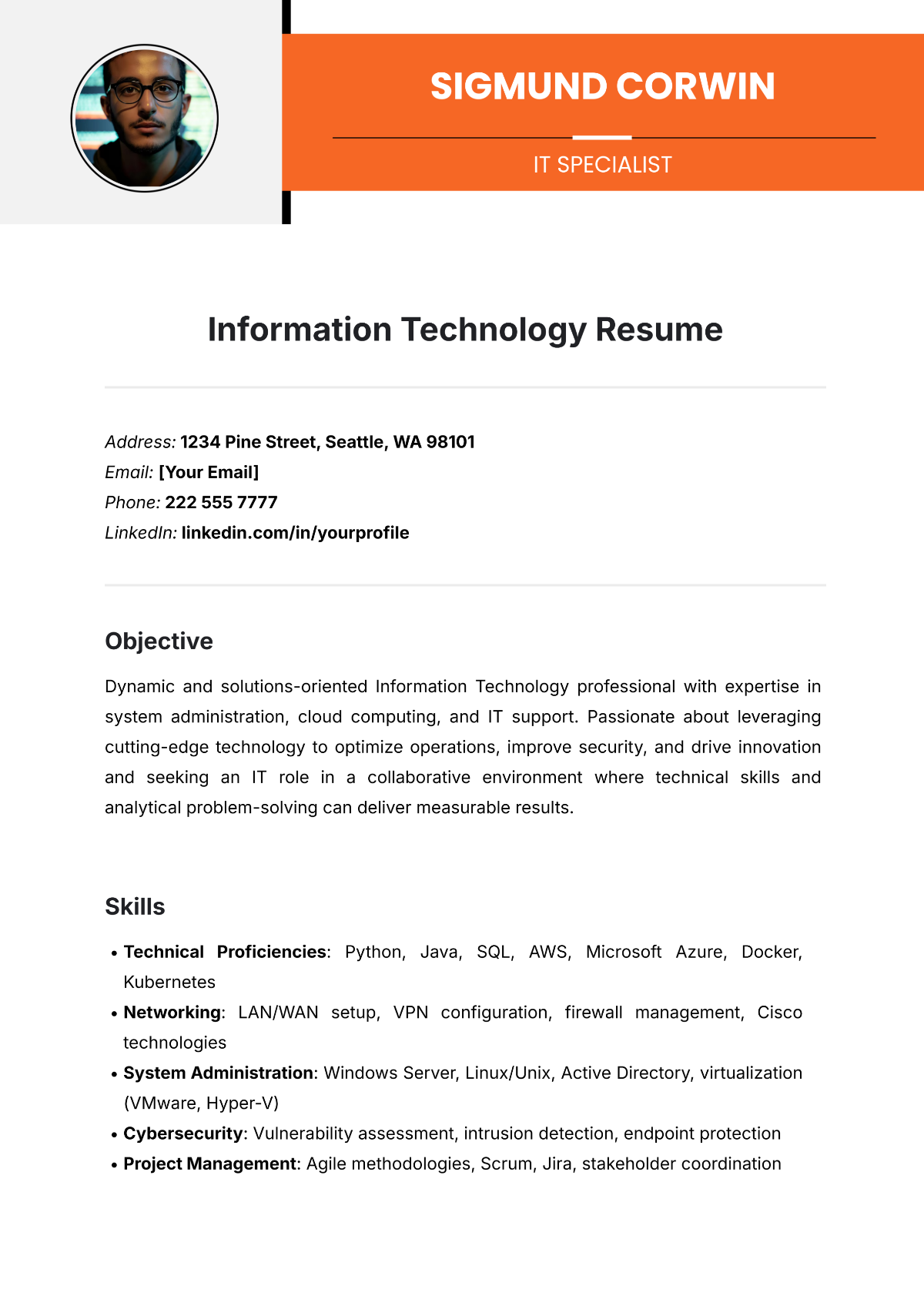Online Learning Setup Guide
I. Introduction
A. Overview
Online learning has revolutionized education, providing unprecedented access to knowledge and resources. In an age where technology permeates every aspect of our lives, online learning platforms offer a flexible and engaging environment for students to acquire new skills, advance their careers, and fulfill their educational aspirations. As we look ahead to [2050] and beyond, understanding how to effectively navigate and leverage these platforms is crucial for success in a digitally connected world. This guide aims to provide a comprehensive overview of how to set up and thrive in an online learning environment at [Your Company Name].
B. Purpose of the Guide
The primary objective of this guide is to equip students with the knowledge necessary to navigate the online learning platform efficiently. It will cover essential topics such as setting up an account, understanding course structures, engaging with instructors and peers, and accessing vital resources. By following this guide, students will be better prepared to maximize their learning experience and achieve their academic goals.
C. Importance of Online Learning
The significance of online learning cannot be overstated. It democratizes education by making high-quality learning materials accessible to a global audience. Students can learn at their own pace, fitting their studies around other commitments such as work and family. Furthermore, online learning often incorporates various multimedia elements, including videos, podcasts, and interactive simulations, catering to different learning styles. As we move forward, the role of online education in professional development and lifelong learning will only increase, enabling individuals to adapt to an ever-changing job market.
II. Setting Up Your Online Learning Account
A. Registration Process
Creating an account on [Your Company Name]'s learning platform is the first step toward accessing a wealth of educational resources. The registration process is designed to be user-friendly and straightforward, ensuring that all potential students can easily begin their online learning journey.
Visit the Website: Go to [Your Company Name]’s website and locate the “Sign Up” or “Register” button. This is typically found in the top right corner of the homepage. Clicking this button will direct you to the registration form.
Fill Out the Registration Form: Complete all required fields on the registration form, including your name, email address, and a secure password. It is crucial to choose a strong password that combines letters, numbers, and special characters to protect your account.
Agree to Terms and Conditions: Review the terms and conditions outlined by [Your Company Name] and check the box indicating your acceptance. This step is vital as it ensures you are aware of the rules and policies governing the online learning environment.
Submit the Form: Click the “Submit” button to complete your registration. After submission, you may receive a confirmation email with further instructions to verify your account.
B. Verifying Your Email
After registering, it is essential to verify your email address to activate your account. This verification process is a security measure that ensures the integrity of the user base.
Check Your Email: Look for an email from [Your Company Name] in your inbox. If you do not see it within a few minutes, check your spam or junk folder.
Click the Verification Link: Open the email and click on the verification link provided. This action will redirect you to the learning platform and confirm that your email address is valid.
Login to Your Account: Once verified, return to the login page and enter your credentials to access your new account.
C. Profile Setup
Creating a detailed user profile enhances your experience on the platform. This information helps instructors and peers connect with you more effectively.
Access Profile Settings: Navigate to your profile settings by clicking on your profile icon or name, typically located in the top right corner of the dashboard.
Complete Your Profile: Fill out all relevant sections, including your educational background, interests, and professional goals. Consider uploading a profile picture to personalize your account and make interactions more engaging.
Privacy Settings: Review your privacy settings to manage who can view your profile and personal information. Customizing these settings ensures you maintain control over your online presence.
III. Understanding the Learning Management System (LMS)
A. Overview of the LMS
The Learning Management System (LMS) serves as the central hub for all online learning activities at [Your Company Name]. It provides an organized framework for delivering course content, tracking progress, and facilitating communication between students and instructors. Understanding how to navigate the LMS is essential for maximizing your learning experience.
1. Key Features of the LMS
The LMS includes various features designed to enhance learning and streamline educational processes. Familiarity with these features will enable you to utilize the platform more effectively.
Feature | Description |
|---|---|
Course Catalog | A comprehensive list of all courses offered by [Your Company Name], allowing users to browse and select courses of interest. This feature often includes filtering options to help narrow down choices based on subject area or difficulty level. |
Progress Tracking | Students can monitor their completion rates for assignments and course modules, helping them stay on track. This feature provides insights into how much time is spent on each module, allowing for better time management. |
Notifications | The system sends alerts for upcoming assignments, announcements, and grades, ensuring students remain informed. Notifications can be customized to fit personal preferences, so you can choose how and when to receive updates. |
2. Student Engagement Tools
These tools facilitate interaction and collaboration among students, instructors, and content, fostering a more dynamic learning environment.
Tool | Description |
|---|---|
Discussion Forums | Students can engage in meaningful conversations about course content, share insights, and ask questions in a respectful environment. These forums encourage active participation and community building among learners. |
Chat Functionality | Real-time communication with peers and instructors is possible through chat features, enhancing collaboration. This instant messaging capability can help clarify doubts and foster discussions on course material in real time. |
Multimedia Support | Users can access videos, audio recordings, and interactive simulations to enhance their understanding of course material. This feature caters to diverse learning styles and promotes engagement through varied content formats. |
3. Assessment and Evaluation
The LMS incorporates various methods for assessing student performance and providing constructive feedback. Assessments help gauge understanding and promote continuous improvement.
Assessment Type | Description |
|---|---|
Quizzes | Short assessments to test knowledge of recently covered topics, often graded automatically. These quizzes help reinforce key concepts and provide instant feedback to students. |
Assignments | More in-depth tasks requiring research, analysis, and creativity, graded based on detailed rubrics. Assignments allow students to apply their knowledge practically and develop critical thinking skills. |
Surveys | Feedback mechanisms to assess student satisfaction and gather input on course effectiveness. Surveys can inform course adjustments and enhance overall student experience. |
B. Navigating the LMS
Navigating the LMS effectively is key to maximizing your online learning experience. The interface is designed to be user-friendly, but understanding how to find and use various features can save time and reduce frustration.
Dashboard Overview: Upon logging in, the dashboard provides a summary of your current courses, upcoming assignments, and notifications. Take note of important deadlines and events. The dashboard also displays any announcements from instructors, ensuring that you stay updated on course developments.
Course Navigation: Click on the course name to enter the course page, where you will find all related materials, including syllabi, lesson plans, and announcements. Each course page is typically organized into modules or weeks, making it easy to follow the progression of the curriculum.
Using the Menu: The menu bar typically includes sections for courses, resources, discussions, and your profile. Familiarize yourself with these sections to streamline your experience. This familiarity will enhance your efficiency in accessing necessary materials.
Searching for Content: Use the search function to quickly locate specific courses, topics, or materials. This can save time, especially if you are looking for something specific. The search bar often includes advanced filtering options to refine results.
Accessing Help: Should you encounter difficulties, most LMS platforms offer a help or support section that provides FAQs, tutorials, and contact information for technical support. Taking advantage of these resources can quickly resolve common issues.
IV. Course Enrollment
A. Finding Courses
Enrolling in the right course is essential for your educational development. The process of finding courses is straightforward, with several tools and resources at your disposal.
Course Catalog: Browse the course catalog available on the LMS. This catalog lists all current offerings, categorized by subject area, level, and instructor. Take time to explore different categories, as they may reveal courses you hadn't initially considered.
Search Function: Use the search bar to find specific courses by title, keyword, or subject area. This feature allows you to narrow down your options based on your interests and needs, ensuring you find courses that align with your educational goals.
Filter Options: Utilize filtering tools to sort courses based on criteria such as duration, start date, or instructor rating, making it easier to select courses that suit your schedule and preferences. This function enhances the ability to compare similar courses efficiently.
B. Enrolling in a Course
Once you have identified a course that meets your interests and goals, follow these steps to enroll:
Click on the course title to view the course details, including prerequisites, syllabus, and instructor information. Take note of any required materials or recommended background knowledge to ensure you are prepared for the course.
Ensure that you meet any prerequisites outlined for the course. Some courses may require prior knowledge or completion of certain modules. If you do not meet these requirements, consider enrolling in foundational courses first.
Click on the "Enroll" button. Confirm your selection in the pop-up dialogue box, which may provide a summary of course details and costs. It’s essential to understand the financial commitment involved in each course.
Payment Information: If applicable, complete the payment process for the course. Review the pricing details carefully to ensure you understand the payment options available, including installment plans or scholarships, if applicable.
C. Managing Your Course Schedule
Once enrolled, managing your course schedule effectively is vital to staying organized and on track. Consider the following strategies:
Creating a Calendar: Use a digital or physical calendar to mark important dates, such as assignment due dates, exam schedules, and course meetings. This practice helps visualize your workload and plan your study sessions accordingly.
Setting Reminders: Utilize reminder tools available within the LMS or on your personal devices to alert you about upcoming deadlines and events. This feature can be a lifesaver during busy weeks, ensuring you never miss an important task.
Prioritizing Tasks: Identify high-priority assignments and allocate sufficient time for completion. Consider using task management tools to help prioritize based on due dates and complexity. Breaking down larger projects into smaller tasks can make them more manageable.
V. Engaging with Course Content
A. Learning Materials
Courses at [Your Company Name] provide a variety of learning materials to cater to diverse learning styles and preferences. Familiarizing yourself with these materials will enhance your understanding and retention of course content.
Video Lectures: These often serve as the primary method of content delivery, providing visual and auditory learning experiences. Take notes during lectures to reinforce your learning and create a study resource for future review.
Readings and Articles: Supplemental readings may be provided in PDF or web format, offering additional insights into course topics. Engage critically with these materials by highlighting key points and taking notes.
Interactive Modules: Some courses may include interactive modules or simulations that allow you to apply concepts in practical scenarios. These engaging activities can reinforce learning and enhance comprehension.
External Resources: Instructors may recommend external resources, such as websites, articles, or videos, to further enrich your learning experience. Exploring these resources can provide a broader understanding of the subject matter.
B. Participating in Discussions
Active participation in discussions is vital for maximizing the benefits of online learning. Engaging with peers and instructors fosters collaboration and deepens understanding.
Discussion Boards: Most courses feature discussion boards where students can post questions, share insights, and respond to prompts from instructors. Regular participation encourages diverse perspectives and builds a sense of community.
Peer Interaction: Interacting with classmates can facilitate collaborative learning, providing opportunities to exchange ideas and support one another. Consider forming study groups with peers to discuss course content and prepare for assessments.
Instructor Engagement: Don’t hesitate to ask questions or seek clarification from your instructor during discussions. Their insights can help clarify complex topics and provide guidance on assignments.
C. Keeping Up with Assignments
Staying on top of assignments is crucial for success in online learning. Developing a strategy to manage your workload can help you maintain focus and meet deadlines.
Assignment Overview: Review the syllabus and assignment list at the beginning of the course to understand expectations and deadlines. This overview will help you plan your time effectively.
Breaking Down Assignments: For larger projects, break down tasks into manageable steps, creating a timeline for completion. This approach prevents last-minute rushes and promotes a thorough understanding of the material.
Utilizing Resources: Take advantage of the resources available to you, such as writing centers, research guides, and tutoring services, to enhance your assignment quality. Seeking feedback before submission can significantly improve your work.
VI. Communication and Collaboration
A. Communicating with Instructors
Effective communication with instructors is vital for success in online courses. Building a rapport with your instructors can enhance your learning experience and provide valuable support.
Email Etiquette: When contacting instructors via email, be sure to use a professional tone, address them appropriately, and clearly state your question or concern. Include relevant course details, such as the course name and code, to help them respond effectively.
Office Hours: Many instructors hold virtual office hours to provide additional support. Take advantage of this opportunity to ask questions, seek clarification on course material, or discuss assignments. This personalized interaction can deepen your understanding of the subject.
Feedback Requests: If you are struggling with a particular topic or assignment, don't hesitate to request feedback or additional resources from your instructor. They may offer insights or suggest materials to aid your understanding.
B. Collaborating with Peers
Collaboration with peers enhances the online learning experience, allowing students to share knowledge, skills, and insights. Developing strong relationships with classmates can contribute to a supportive learning environment.
Group Projects: Many courses incorporate group projects, providing opportunities for teamwork and collaboration. Actively participate in these projects, ensuring that all members contribute effectively to the group's success.
Peer Support: Offer support to classmates who may be struggling with course material. Collaborating on study sessions or forming study groups can benefit everyone involved.
Networking Opportunities: Engaging with peers can lead to networking opportunities and connections in your field of study. Building a professional network can be invaluable as you progress in your academic and career journey.
C. Utilizing Collaboration Tools
The LMS often includes collaboration tools that facilitate communication and teamwork among students.
File Sharing: Use file-sharing features to exchange documents and resources with classmates. This tool can streamline group projects and ensure all members have access to the necessary materials.
Shared Workspaces: Some platforms provide shared workspaces for collaborative projects. Utilizing these spaces encourages teamwork and helps keep everyone organized.
Virtual Meetings: Many LMS platforms offer tools for virtual meetings, allowing teams to discuss projects in real-time. Scheduling regular meetings can help maintain progress and clarify tasks.
VII. Assessment and Grading
A. Understanding Assessments
Assessments are a critical component of online learning, providing insights into student understanding and progress. Familiarizing yourself with the types of assessments will help you prepare effectively.
Types of Assessments: Assessments can include quizzes, assignments, group projects, and final exams. Each type evaluates different skills and knowledge, contributing to your overall grade.
Assignment Guidelines: Review assignment guidelines carefully to understand expectations regarding formatting, length, and content. Adhering to these guidelines is crucial for achieving good grades.
Assessment Rubrics: Many instructors provide rubrics outlining how assignments will be graded. Familiarize yourself with these rubrics to align your work with grading criteria.
B. Receiving Feedback
Feedback is essential for improving performance and understanding course material. Embrace feedback as an opportunity for growth and development.
Instructor Feedback: Instructors provide constructive feedback on assignments and exams. Reviewing this feedback is crucial for identifying strengths and areas for improvement.
Peer Reviews: Some courses may incorporate peer reviews, allowing students to evaluate each other's work. This process provides diverse perspectives and fosters collaborative learning.
Utilizing Feedback: Use feedback constructively to enhance future assignments. If feedback highlights specific weaknesses, develop a plan to address these areas in your upcoming work.
C. Grading Scale
Understanding the grading scale is crucial for setting academic goals and measuring progress. Familiarize yourself with the grading criteria used in your courses.
Grade | Percentage | Description |
|---|---|---|
A | [90-100%] | Excellent; demonstrates exceptional understanding. |
B | [80-89%] | Good; meets most expectations and shows comprehension. |
C | [70-79%] | Satisfactory; meets basic expectations but lacks depth. |
D | [60-69%] | Needs Improvement; does not meet course expectations. |
F | [0-59%] | Fail; significant gaps in understanding and performance. |
Clarify the grading criteria with your instructors at the beginning of each course to ensure transparency and understanding of what is expected.
VIII. Troubleshooting and Support
A. Common Issues
Despite the best preparations, technical issues may arise during your online learning experience. Familiarizing yourself with common issues can help you troubleshoot effectively.
Login Problems: If you encounter issues logging into the LMS, double-check your email and password. If problems persist, use the “Forgot Password” feature or contact technical support. It’s helpful to keep a record of your credentials for quick access.
Streaming Issues: If video content fails to load, check your internet connection. Consider refreshing the page or clearing your browser cache. In some cases, switching to a different browser may resolve compatibility issues.
Assignment Submission Errors: If you experience issues submitting assignments, ensure you are following the correct submission procedure and that your file format is supported. Familiarize yourself with acceptable file formats (e.g., PDF, DOCX) to avoid errors.
B. Technical Support
[Your Company Name] offers robust technical support to assist students in resolving issues encountered while using the LMS. Support options may include:
Help Desk: Access the help desk through the LMS for troubleshooting guidance. This resource often includes articles addressing common issues and solutions. Reviewing these articles before contacting support can expedite the resolution process.
Live Chat Support: Many LMS platforms provide real-time chat support with technicians during business hours. This can be a quick way to resolve urgent issues without waiting for email responses.
Email Support: Submit a detailed description of your issue via email. Include relevant screenshots or error messages to facilitate quicker resolution. The more information you provide, the easier it will be for the support team to assist you.
C. FAQs
A frequently asked questions (FAQs) section is often included in the support resources of the LMS. This section provides valuable information on common queries regarding:
Course registration and enrollment processes
Accessing course materials
Technical issues related to the LMS
Understanding grading policies and assessments
Regularly check the FAQs for updates and answers to common questions.

















































